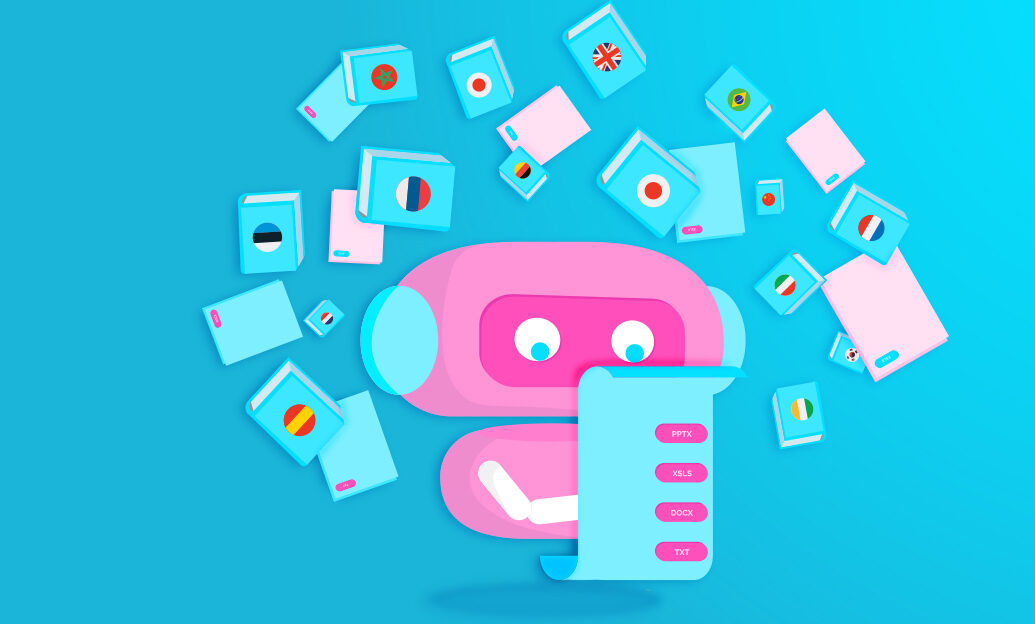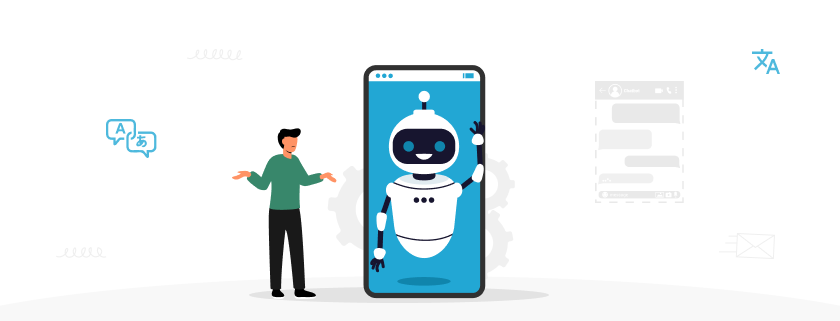
While online translation tools have become increasingly accessible and sophisticated, they can sometimes miss the mark due to their inherent lack of human touch, leaving you with translations that might not fully convey the intended meaning or context. Enter ChatAI, your secret weapon to tackle these translation challenges. It can be your versatile multilingual assistant, […]
While online translation tools have become increasingly accessible and sophisticated, they can sometimes miss the mark due to their inherent lack of human touch, leaving you with translations that might not fully convey the intended meaning or context.
Enter ChatAI, your secret weapon to tackle these translation challenges. It can be your versatile multilingual assistant, offering faster, more accurate, cost-effective translations.
However, merely having an AI tool isn’t enough. You must have the right prompts and techniques to achieve the best performance. Fortunately, in this article, we’ll walk you through just that.
Here are 4 proven prompts to turn ChatAI into your super-powered AI translation assistant. From finding the perfect synonym to setting the right context, we’ll guide you on translating better with ChatAI—whether for business, personal use, or even for the joy of learning a new language.

Ever been stuck with a word, unsure if it’s the right match in another language? Finding the perfect synonym in a foreign language isn’t always smooth sailing. One great way to improve your translations is to ask ChatAI for suggested synonyms, preventing you from being caught in the crosswinds of translation.
Try using the prompt: “Hey, what’s a [Target Language] synonym for [Word], and what does it mean?”
ChatAI will provide you with alternative words and a detailed explanation of their meanings. This added layer of understanding can make all the difference in determining the most suitable word for your translation, ensuring the final output remains true to the original context and intention.
An efficient translation involves more than accurate word replacement; it calls for context preservation. Without the right context, your translation may miss the author’s or speaker’s intended meaning. This can be especially bad for business and/or negatively impact a personal relationship.
For more accurate translations, you must provide context, perspective, and tone. You can specify the tone, like formal, informal, or technical. And don’t forget to mention any word count or character limit guidelines to ensure concise, crisp translations.
Try prompts like: “Translate [Source Text] to [Target Language] from a [Insert Perspective] viewpoint, keeping it under [word count/character limit].”
Translate [Source Text] to [Target Language] using this [insert Tone] tone. Please also consider [word count/character limit].
With these prompts, you ensure that your translations maintain the original text’s intended meaning and context. You can further customize translations by adjusting them for different tones like formal, informal, or technical settings.
Every piece of text has a distinct purpose, voice, and audience it is intended for, and different types of content—such as emotive poetry, scientific research papers, or catchy marketing slogans—require tailored translation approaches.
By informing ChatAI of the type of text you translate, you can optimize the translation to best suit its unique form and purpose. For creating a translation that not only relays its intent but also does so in a suitable way for its target audience, give this a whirl:
“Translate [Source Text] to [Target Language]. It’s a [Type of text], and I want it to appeal to [Audience/Reader] with a [Tone/Voice] vibe.”
You’ll be surprised at how spot-on your translations become!
Like any new addition to your team, AI translation tools stand to benefit significantly from training and guidance. By sharing your language expertise, industry-specific knowledge, and customer insights, you can refine ChatAI’s understanding of your precise translation requirements, leading to better translation outputs in the long run.
Want to take your translations to the next level? Use a fine-tuned instance of ChatAI! This means setting rules for the chatbot to follow when translating. To do this, you feed it word-translation or text-translation pairs that you or your client have chosen.
“Use the following word-translation pair to optimize all translation tasks I provide.”
(source word) = (target word)
(source word) = (target word)
(source text) = (target text)
The more pairs you introduce to ChatAI, the better it hones its translation ability, optimizing itself for your field of work—which can help you complete hours of work in seconds.
Remember: While ChatAI and Google Translate provide significant translation support, they’re not flawless. It’s always wise to have important documents cross-checked by a professional translator, ensuring a final stamp of accuracy and authenticity.
But with these expertly crafted prompts and translation techniques at your disposal, you can now harness the full potential of ChatAI as your invaluable translation ally.
Whether you are a seasoned linguist, a first-time language learner, or someone who aspires to better connect with friends, colleagues and loved ones from diverse cultures, these tips are valuable assets in your translation toolkit.
Know someone who would find these prompts useful in their translation workflow? Share this article with them to help them unlock the power of AI-driven translation!